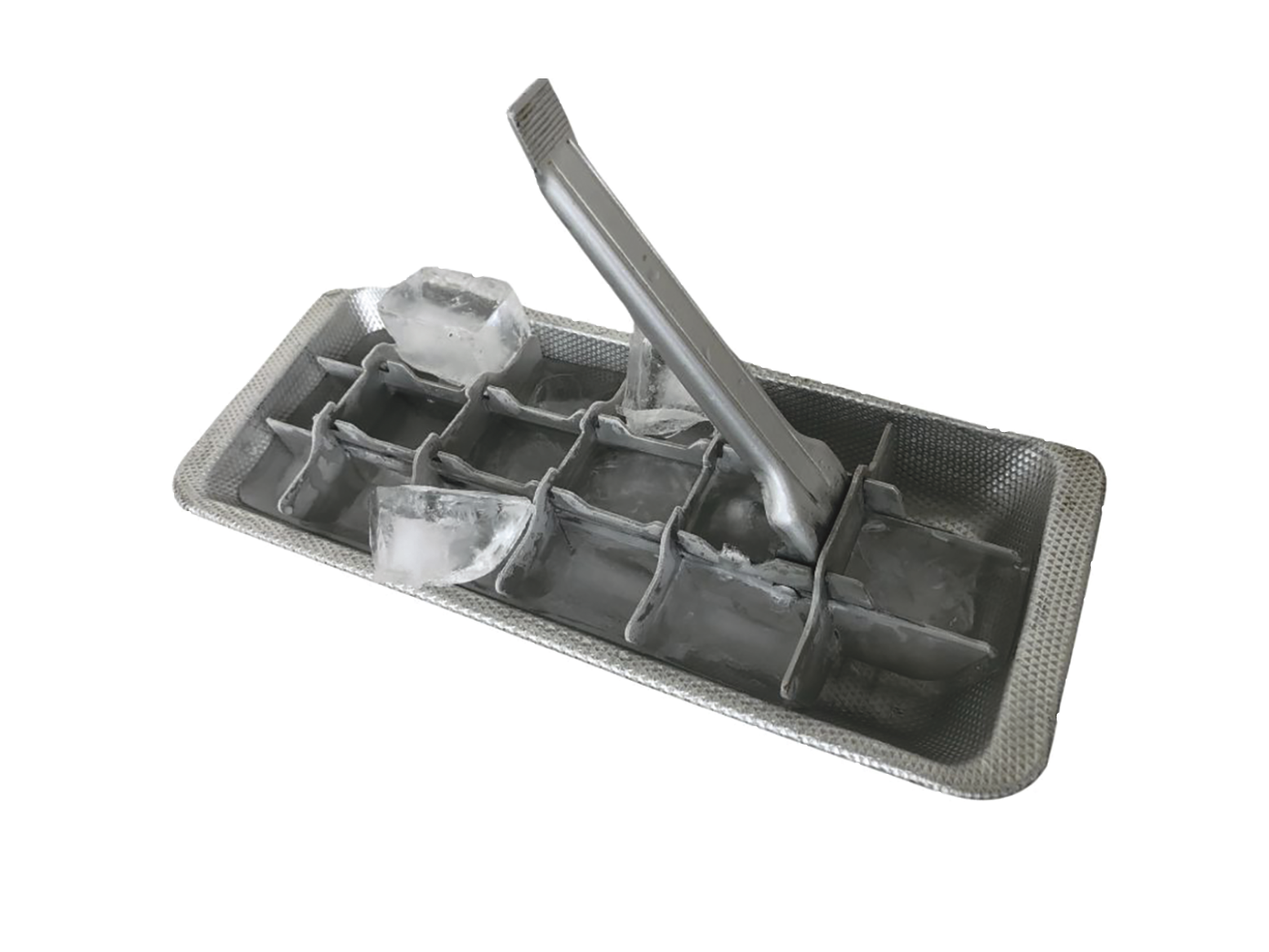
Dorri Partain
Assistant Editor
In the development of home refrigeration, the “ice box” transformed from a wooden box that was cooled by a block of ice, into an electric appliance able to produce uniform-sized ice cubes.
While the first electric-powered refrigerators appeared in 1913, they were not commercially successful and could not provide a temperature cold enough to produce ice. To cool drinks, blocks of ice were chipped with an ice pick to produce chunks small enough to fit inside a glass.
Local ice plants produced and delivered blocks of ice in 10, 25 and 50 pound sizes to both businesses and residences. During summer months, “Penny Ice Funds” helped those, who regularly couldn’t afford ice delivery, stay cool and healthy.
Developments in refrigeration technology and the coolant Freon led appliance makers to incorporate tiny freezer compartments in their newest refrigerator models. Two inventors led the way to develop products that would fit inside — and create perfectly sized ice cubes.
In 1931, Guy L. Tinkham — Vice-President for the General Utilities Manufacturing Company —applied for a patent for his creation of a stainless steel indented tray that when slightly twisted, would release six formed cubes of ice. US patent #1894897A was granted in 1933.
About the same time, inventor Lloyd Copeman noticed that slushy ice flaked off the sides of his rubber boots. Using a combination of rubber and metal, he developed three different styles of trays that would produce ice: a rubber tray with formed compartments, a metal tray with a rubber separator, and a metal tray with removable rubber cups. Copeman was the founder of Copeman Laboratories Company, which developed 650 patented products, including the electric toaster and electric stove.
By the 1950’s, lever action to remove ice cubes was the latest development, and numerous companies produced models in natural or anodized (colored) aluminum. Before pulling upward on the lever, the user would run cool water along the back to help release the cubes. The resulting cubes could be stored in the tray or a decorative ice bucket.
Refrigerator models that could produce ice automatically first appeared in the 1960’s, and many homemakers were eager to ditch refillable ice trays and let the refrigerator handle the task.
















